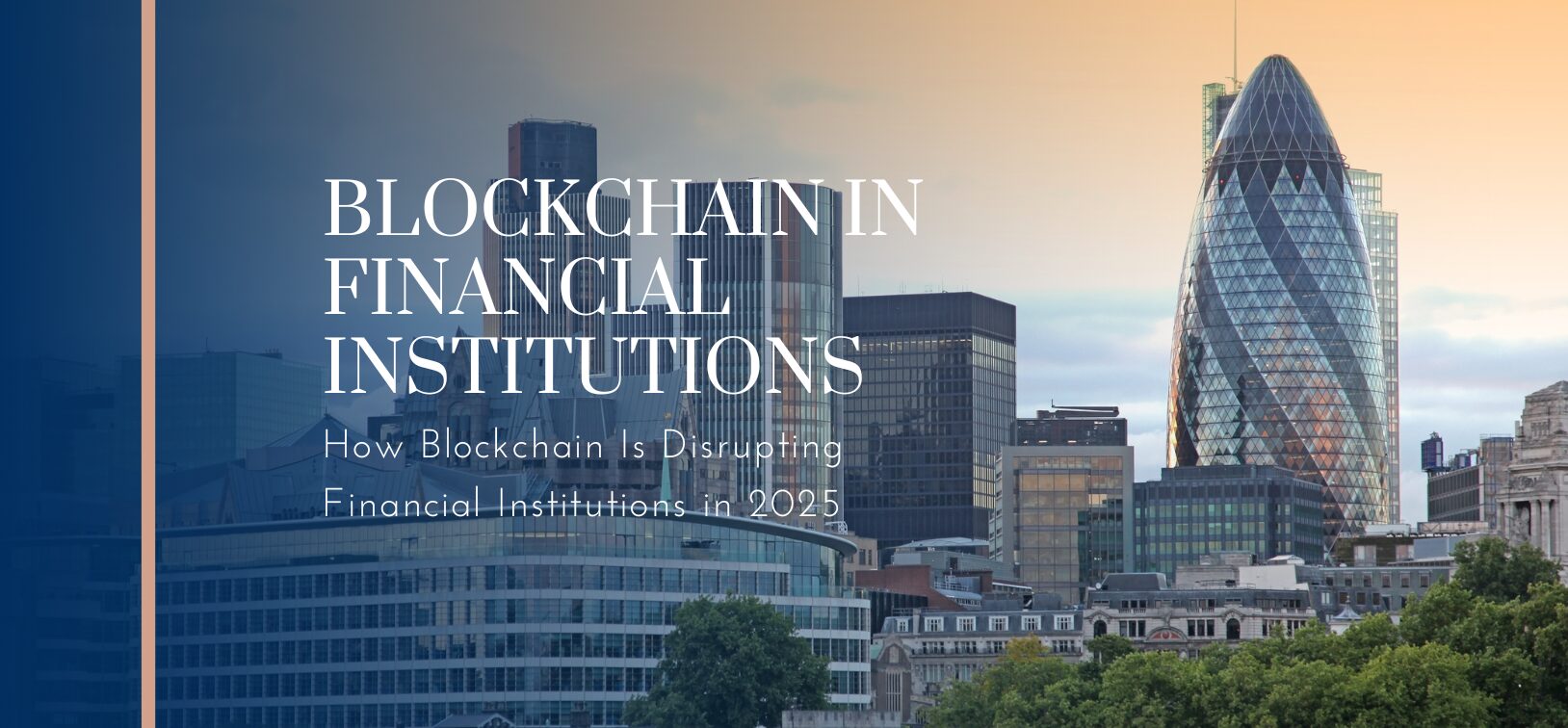In 2025, traditional financial institutions, burdened by outdated infrastructure and plagued by chronic data security issues, are simply struggling to meet the demands of a digital-native, youthfully exuberant, and increasingly dissatisfied customer base. Old-school banking’s days may be numbered.
A 2023 Accenture report identified key areas of friction between financial institutions and clients, including the widespread availability of advanced technology, rapidly rising interest rates, a changing competitive landscape, and shifting customer preferences. The availability of advanced tech represents the biggest threat to TradFi.
The rapid rise and adoption of blockchain technology has proven that financial empowerment is a worthwhile cause. That same notion is why Deobanks – decentralized on-chain banks – are set to further shake up the status quo.
The Current State of Financial Institutions
For decades, banks and credit unions have formed the backbone of global finance. However, these institutions are really showing their age. In fact, many were built on legacy systems designed in the pre-digital era, with infrastructure that is often slow, inflexible, costly, and inefficient. No wonder they’re struggling to keep up with the modern world.
High fees and poor customer service have become synonymous with traditional banking. From excessive charges to frustrating hidden costs, customers have grown disgruntled at paying a premium for a subpar experience. There’s a growing sense that banks prioritize profits over customers, forcing account holders to seek better treatment from alternatives.
Businesses like WeFi, a new Deobank disrupting the status quo, represent a seismic shift from traditional banking models. By using blockchain to eliminate intermediaries, it empowers self-custodied users, delivers immeasurable transparency, and leverages cryptography for advanced security.
Despite cybersecurity investments, TradFi remains vulnerable. Ransomware attacks on financial services have increased significantly, from 34% in 2021 to 64% in 2023.
The loss of sensitive data and continued exploits erode customer trust. Unfortunately, decentralized banking also falls prey to the same cybercriminals who will stop at nothing to separate people from their money. According to leading blockchain analysis company Chainalysis, the amount of funds stolen increased by approximately 21.07% from 2023 to 2024, to a shocking $2.2 billion. The number of individual hacking incidents against DeFi platforms also increased, from 282 in 2023 to 303 in 2024
Other concerns include transparency and accountability – both of which are found lacking in the current system. Customers lack transparency regarding how their savings are used and transactions are processed. A recent report found 36% of 18-24-year-olds would happily choose a FinTech service over traditional banking for online payments.
Blockchain Is Rewriting the Rules of Finance
At the heart of the revolution is blockchain technology. Unlike a traditional database approach, blockchain uses distributed layer technology (DLT) to share the workload across the network, removing single points of failure.
Decentralization, transparency, and security are all achieved, but what does that mean for end users?
Decentralization eliminates intermediaries, like banks and payment processors, letting people deal with each other directly, or by using programmed smart contracts, resulting in reduced cost and enhanced speed. For example, cross-border payments could be both instant and inexpensive.
Transparency is achieved on the blockchain by recording every transaction on an immutable public ledger, made accessible to everyone in the world. This openness guarantees accountability and eliminates the need for third-party trust.
Security is a given with cryptographic protections, as each transaction is encrypted and linked to previous transactions in a chain-like structure. Its immutability means that nobody can go back along the chain and tamper with past transactions, making fraud almost impossible. This stands in stark contrast to today’s system, which is plagued by hacking and financial crime.
A New Breed of Banks: From Traditional to Deobank
As blockchain technology disrupts and distributes the financial world, a new type of institution has emerged organically from within: Deobanks (decentralized on-chain banks).
Now, unlike your traditional concept of a bank, or Neobanks like Revolut, Monzo, and Wise, Deobanks are entirely “on-chain”. This means every aspect of a Deobank is built on blockchain “rails”, leading to transparent and user-centric financial services.
Deobanks like WeFi signal a changing tide in banking, largely driven by user demand for more autonomy, less friction, and greater control. People want control over their finances. Without central control, users gain access to cheap and fast peer-to-peer transactions, new financial services, full control of their assets, and protection from freezes and fraud.
The immutable and universally accessible ledger behind blockchain technology allows anyone to track any transaction in real-time. That’s absolute accountability, and while it might be a hard adjustment for some, becoming your own custodian and breaking free from traditional banking is a form of liberation.
When you take this exciting new path to financial freedom, you must also take on new responsibilities. The main one is protecting your private keys and seed phrases, forever. The trade-off is that you can access the DeFi world, which is cheaper, faster, cryptographically secure, and inclusive. Within that world, you’ll discover unlimited potential for financial applications, with new innovations launching daily. Deobanks like WeFi open the doors to this world for hundreds of millions of unbanked and underbanked individuals around the globe.
The Next Chapter for Finance and Deobanks (Conclusion)
The rise of Deobanks surely marks the dawn of a new era for blockchain-powered finance.
The blockchain industry has matured, and as it now exits the cocoon as a FinTech butterfly, it appears ready to evolve into the smart, secure, and superior banking technology it has always threatened to be.



































